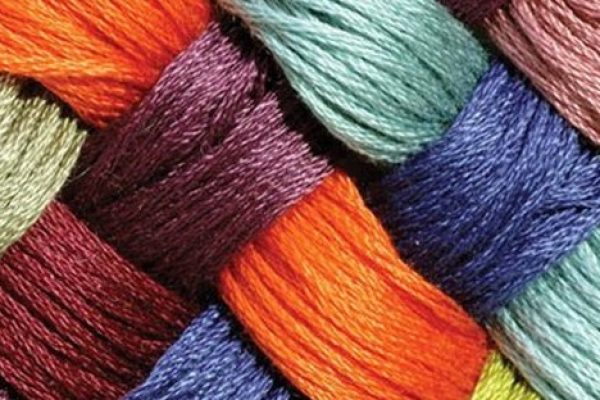Project Report For Textiles
Introduction
The Project Report For Textiles is as Follows.
The term “textile” used to refer solely to woven fabrics, but it is now used to refer to fibres, yarns, or fabrics, as well as anything created from fibres, yarns, or fabrics. The term textile comes from the latin verb texere, which means “to weave,”it is now “a general term applied to any manufacture from fibres, filaments, or yarns characterised by flexibility, fineness, and a high length-to-thickness ratio.” Fabrics, in particular, are the essential part of a ready-made garment because they are its primary raw material.
Therefore, it is crucial to understand the process for making fabric from fibre. A quality product is the primary objective nowadays. It is hard to maintain the quality of a garment without understanding of textile manufacturing, namely fibre, yarn, and textiles. Let’s look at what textile fibre, yarn, and fabric are before going into detail about the entire process of making grey fabric.
There are various steps involved in the manufacture of textiles, including the growth of fibre, the spinning of yarn, the weaving or knitting of fabric, and finishing techniques including dyeing, printing, and fabric treatments. The creation of high-performance textiles with improved properties like moisture wicking, stain resistance, and stretchability has completely transformed the textile business thanks to contemporary technological breakthroughs.
Textiles are not just for apparel. They are also utilised in a variety of fields, including as home furnishings, aerospace, automotive, and medicine. Seat coverings, airbags, and interior trim are all made of textiles in the vehicle industry. Surgical gowns, bandages, and implanted devices are all made of textiles in the medical industry. Textiles play a key role in many commonplace items thanks to their adaptability.

Types Of Textiles
Apparel Textiles: Textiles for clothing, such as those used in shirts, trousers, skirts, coats, and other items, are the main emphasis of the apparel sector. It consists of knitted materials like jersey and rib knit in addition to woven textiles including cotton, silk, linen, and synthetic mixes.
Home textiles: The term “home textiles” refers to textiles used in household contexts, such as carpets, beds, curtains, and towels. These fabrics, which can be made of cotton, linen, or synthetic fibres like polyester, are created with comfort, aesthetics, and practicality in mind.
Technical textiles: Technical textiles are designed for specialised tasks other than apparel and household applications. They are utilised in the automobile, aerospace, healthcare, sports, and agriculture industries. Airbags, seat belts, filters, medicinal textiles, geotextiles, and protective garments are a few examples.
Industrial Textiles: This industry manufactures textiles used in industry, such as conveyor belts, ropes, hoses, tents, and industrial filters. Industrial textiles are well-known for their strength, durability, and resilience to harsh environments such as heat, chemicals, and abrasion.
Fashion Textiles: Fashion textiles cater to the fashion industry’s continuously changing trends and styles. They include textiles with distinctive patterns, textures, and finishes, which are frequently utilised by fashion designers for high-end clothes, haute couture, and runway presentations.
Sustainable Textiles: With an increasing emphasis on sustainability, this industry focuses on textiles created from organic fibres, recycled materials, and eco-friendly production procedures. Sustainable textiles may be found in a variety of industries, from fashion to home furnishings.
Market Potential Of Textiles
The size of the global textile market was estimated at USD 1,695.13 billion in 2022, and it is predicted that between 2023 and 2030, its revenue would increase at a CAGR of 7.6%.
The ever-increasing clothing demand from the fashion sector, along with the meteoric expansion of e-commerce platforms, is likely to fuel market growth throughout the forecast period. Three key elements underpin the textile industry: the design, manufacture, and distribution of various flexible materials such as yarn and clothes. Knitting, crocheting, weaving, and other methods are widely employed to produce a diverse variety of completed and semi-finished items in bedding, clothing, apparel, medicinal, and other accessories.
Smart textiles, which employ optical fibres, metals, and different conductive polymers to interact with the environment, are becoming increasingly popular in the market. These aid in detecting and responding to diverse physical stimuli such as mechanical, thermal, chemical, and electric sources. During the projected period, this is likely to drive the expansion of the technical application sector in the textile market.
